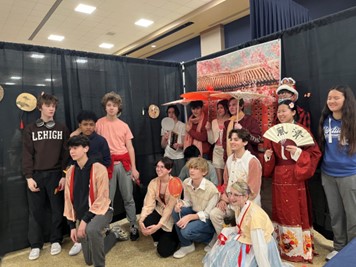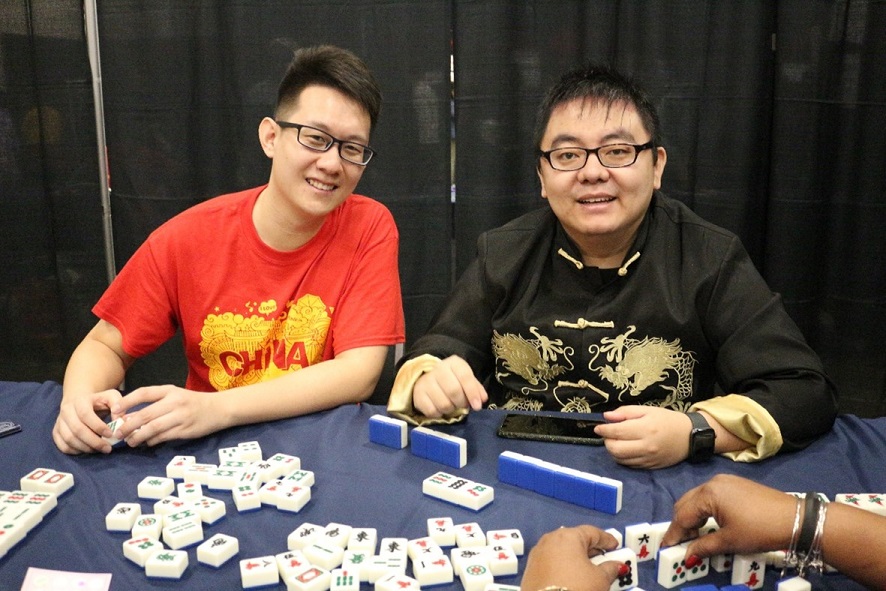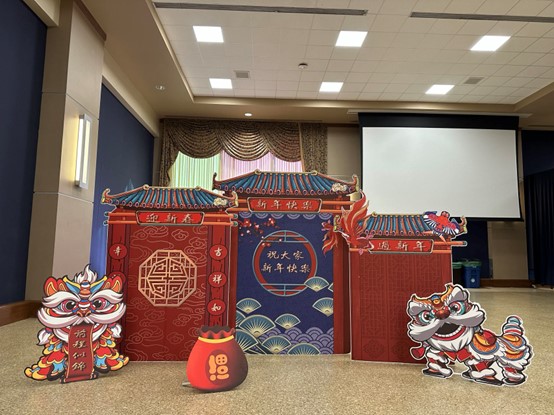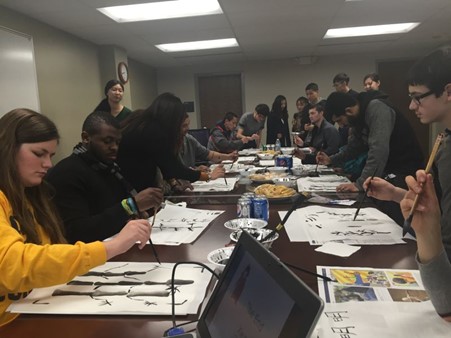YSU College Presentations
See the list of YSU College presentations below. If you would the YSU College staff to present to your team or at an event, contact us at yanshanuniversitycollege@utoledo.edu or call us at 419.530.7793.
Choose a Presentation
Chinese Characters
In China, calligraphy is an art and is used for many activities including creating characters of the written Chinese language, called Hanzi.
Lecture
The lecture will discuss the different writing styles, tools, and Chinese characters.
Activity
Participants will be able to learn to write some simple Chinese characters with a brush under the guidance of professionals.
Chinese Dragon
Over the years, the dragon has become an important symbol of power in China.
Lecture
The lecture is divided into four parts:
- Chinese dragon in ancient symbol
- Dragons in Chinese culture
- Idioms about dragons
- The difference between Chinese dragons and western dragons.
 Chinese Hanfu
Chinese Hanfu
Hanfu is traditional clothing from the Han Chinese nationality dating back thousands of years. It encompasses the spirit of the Huaxia Han culture including etiquette and beauty.
Lecture
The lecture is divided into four parts:
- Origin and development
- Manufacturing process
- Cultural characteristic
- Historical value
Activity
Participants will have a chance to take a beautiful photo on Chinese hanfu.
Chinese Zodiac
The twelve zodiac signs are rat, ox, tiger, rabbit, dragon, snake, horse, goat, monkey, rooster, dog, and pig. The signs are featured in a twelve-year rotation so that each year is represented by one animal.
Lecture
The lecture is divided into four parts:
- stories about the zodiac
- Characteristics of the twelve zodiac signs
- what is zodiac year
- find your zodiac sign
 Chinese food
Chinese food
Lecture
Activity
Participants will be able to taste Chinese food.
 Mahjong
Mahjong
Majhong is a game played by four players using tiles from the 19th century. It is similar to rummy and requires some luck and some strategy.
Lecture
The lecture will be divided into three parts:
Number Culture
In chinese culture, numbers can have good or bad luck, based on pronunciation, pairing, and other factors.
Lecture
The lecture is divided into four parts:
- Learn to speak numbers in Chinese
- Learn to write 1-10 in Chinese
- Learn how to gesture 1-10
- Learn about the culture behind numbers
Activity
Participants will learn about the culture of numbers in China and get a small traditional Chinese gift.
 back to top
back to top
Qixi Festival
The origin of Qixi (or Seven Sisters) Festival dates back to prehistoric times. It celebrates the stars on the seventh night of the seventh month in the Lunar Year. It is also a festival of love, similar to Valentine's Day.
Lecture
The lecture will be divided into four parts:
- Overview
- The legend
- Ancient celebrations
- Modern celebrations
Activity
Participants will be able to learn how to fold the heart with colored paper.
Tea
China has a rich culture surrounding tea, including tea planting and production. Tea is an important part of daily life, history, and economic development.
Lecture
The lecture is divided into four parts:
- The history of Chinese tea
- The classification of tea
- Famous tea in China
- Tea producing areas in China
- Tea custom in China
- Tea art
Activity
Participants will be able to watch the tea ceremony and taste different tea.
 Color Culture
Color Culture
In China, the importance of colors is affected by the five elements (earth, fire, water, wood, metal). Color culture influences rituals and business.
Lecture
This lecture will explain the importance of certain colors.
- The worship of ancestors
- The importance of red
- Five-elements theory
- The influence of Confucius
- The influence of China’s porcelain industry
- The symbolic meaning of colors
Activity
Participants will be able to learn how to weave a red Chinese knot.




